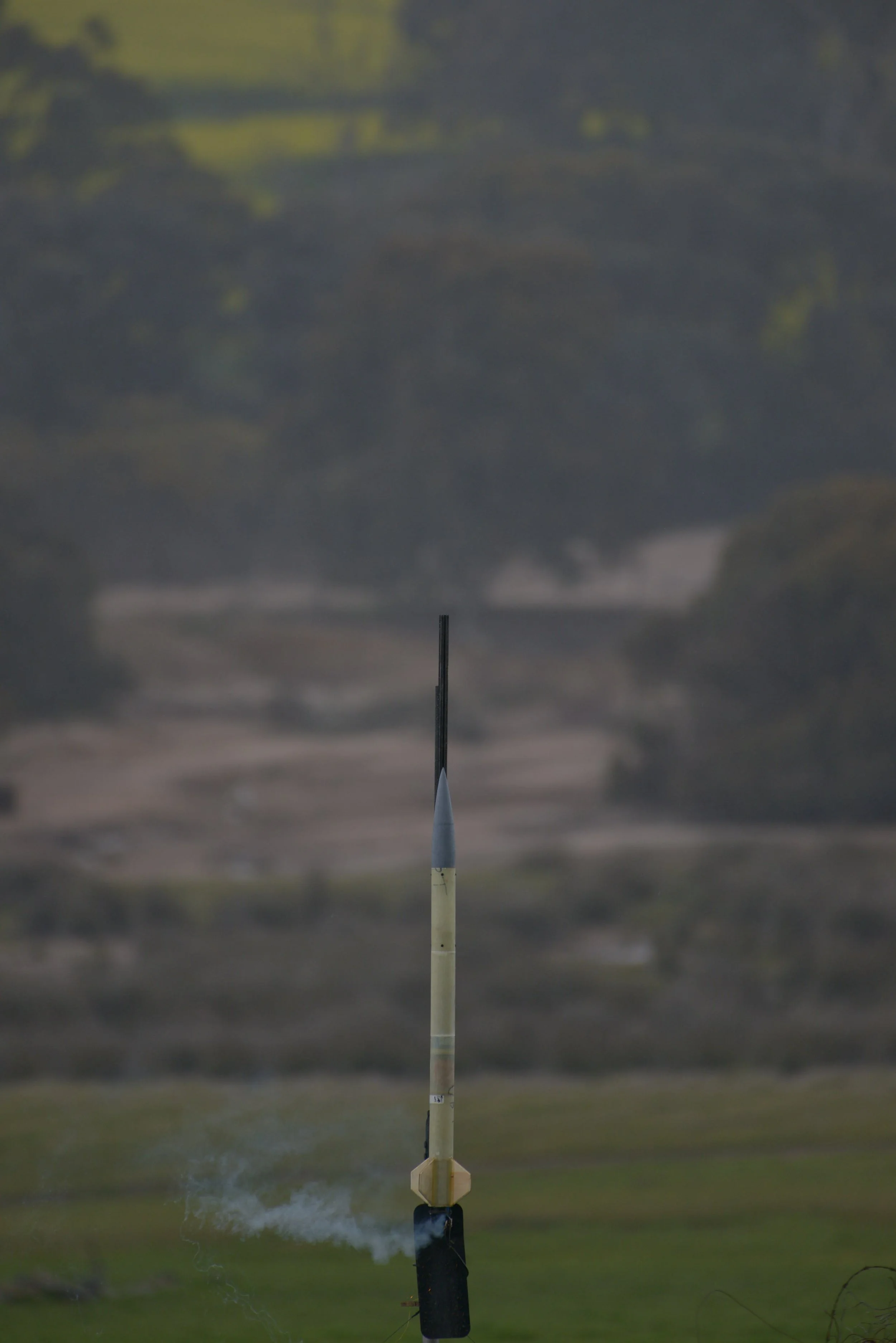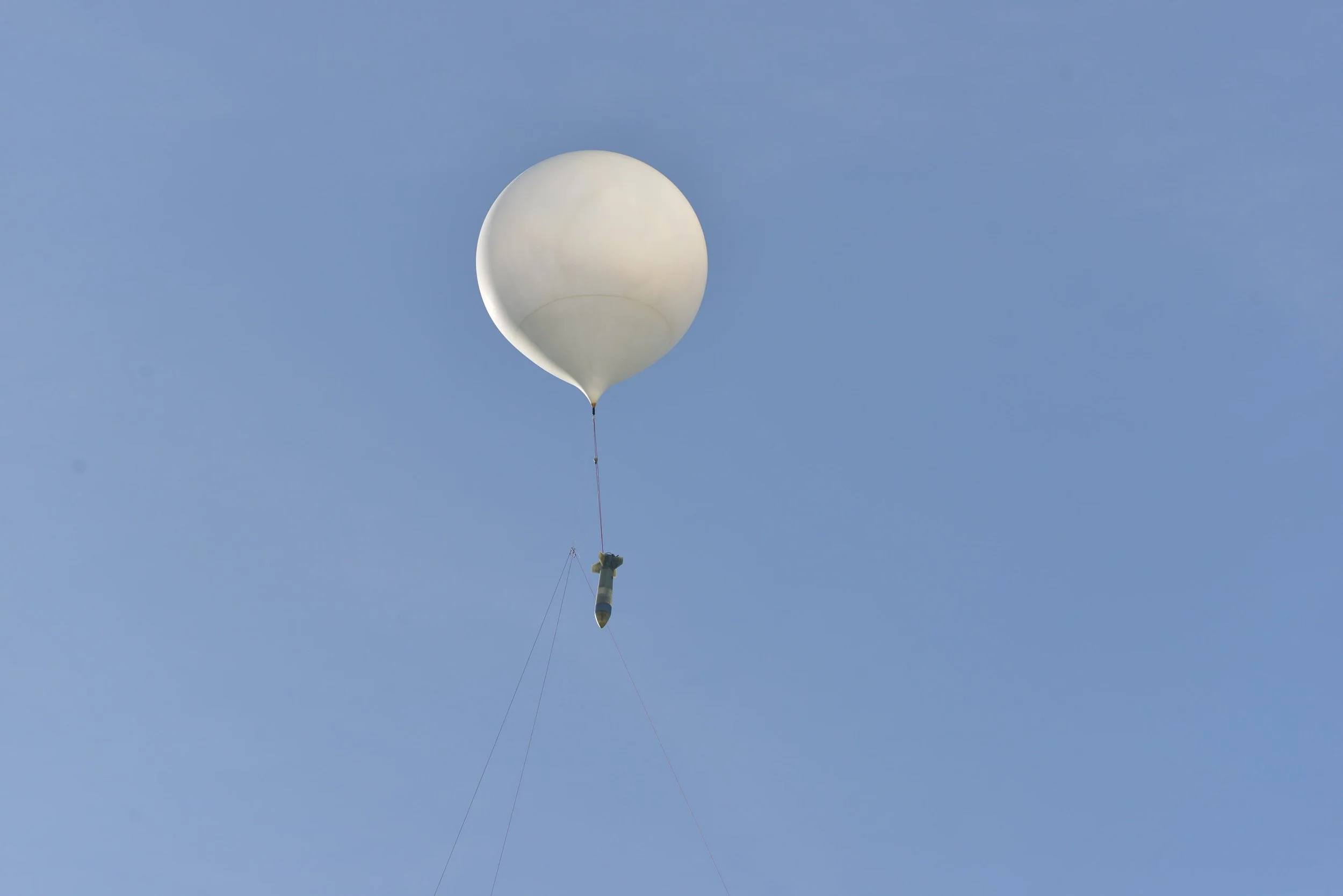Missions
-

Cooker
Constructed for SAC 2023, Cooker is by far the largest rocket our team has made to date. He comes equipped with a fully student-researched and developed avionics system.
Apogee: 3.46 km
Max speed: 289 m/s
Max acceleration: 63.7 m/s2
Dry mass: 14.70 kg
Length: 265cm
Launches: 1
-
Korra
Paying homage to the Avatar Series and its predecessors, it was constructed to test the payload and avionics for EMU II. Despite the challenges, it fell to a shortcoming of getting stuck in a tree.
Apogee: 0.70 km
Max speed: 132 m/s
Max acceleration: 80.3 m/s2
Dry mass: 2 kg
Length: 125 cm
Launches: 1
-
EMU II
Emu II is the second rendition of the high-altitude balloon science mission. We presented the rocket at the International Astronautical Congress in Paris in 2022.
Apogee: 10 km
Max speed: Unknown
Max acceleration: Unknown
Dry mass: 8.4 kg
Length: 145.8 cm
Launches: 1
-
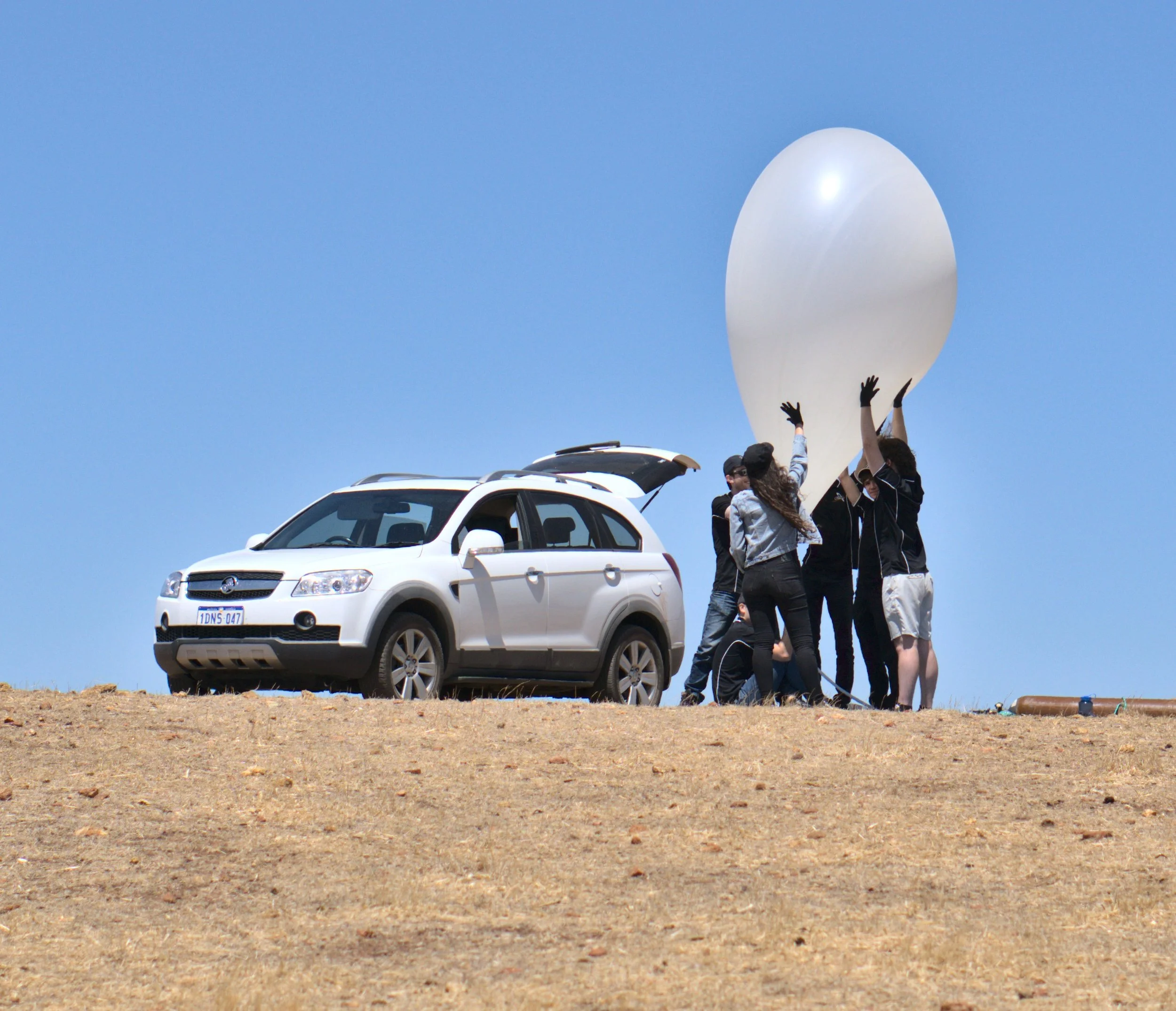
EMU
Emu is our first high-altitude balloon science mission. We shared some of our results at the 2020 International Astronautical Congress. Check out our video seminar at: https://youtu.be/KzLo-sU8Uuk
Apogee: 10 km
Max speed: Unknown
Max acceleration: Unknown
Dry mass: 3 kg
Length: 50 cm
Launches: 1
-
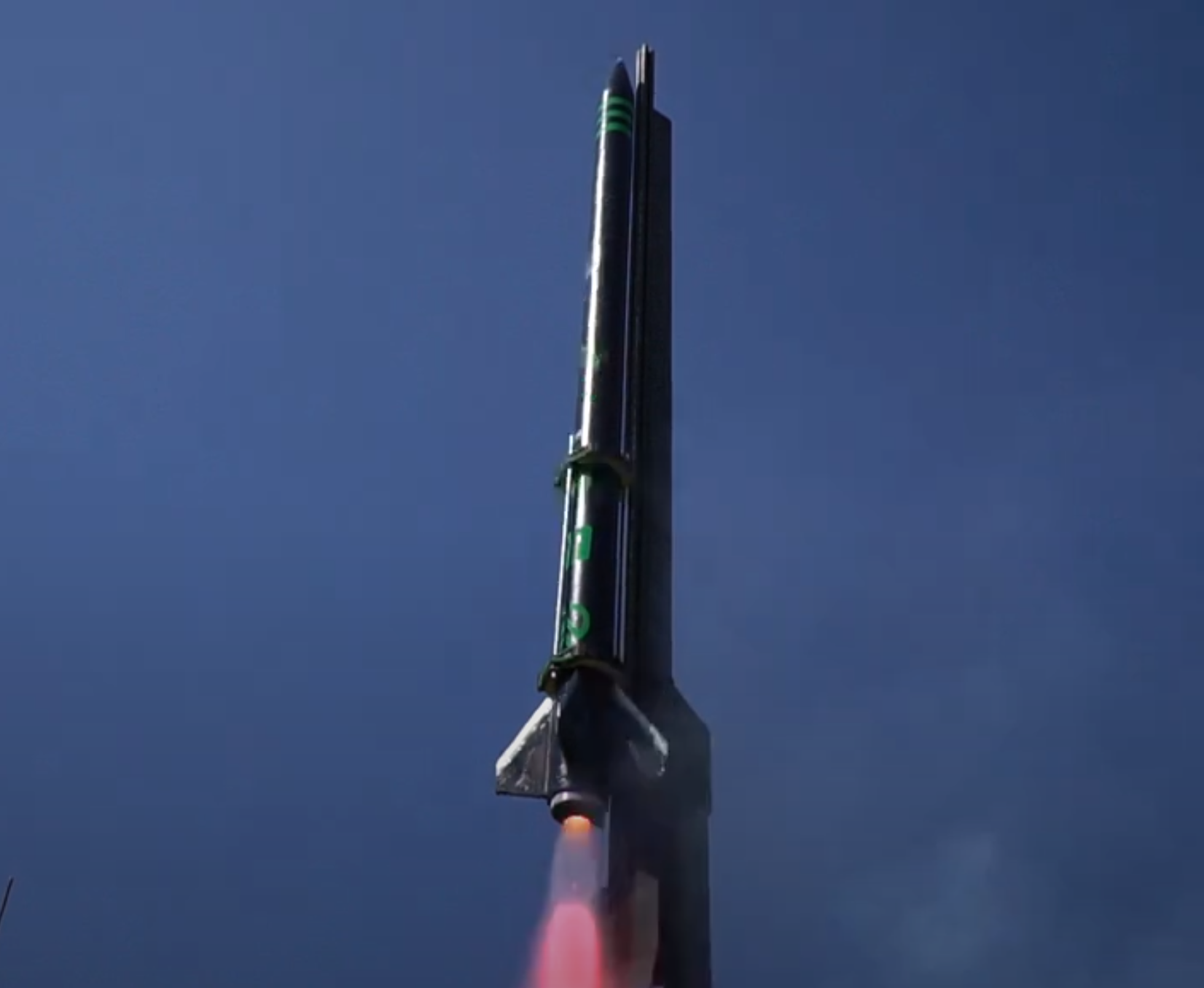
Echidna
Echidna was our first attempt to break the sound barrier, with an estimated maximum speed of Mach 3. Unfortunately, the GPS malfunctioned while on the launch pad, and since the rocket was painted green and black, we have been unable to find it again.
Last seen 28th September 2019 as a receding black streak and faint sonic boom.
Apogee: ~7 km
Max speed: ~900 m/s
Max acceleration: ~150 m/s2
Dry mass: 2.50 kg
Length: 100 cm
Launches: 1
-
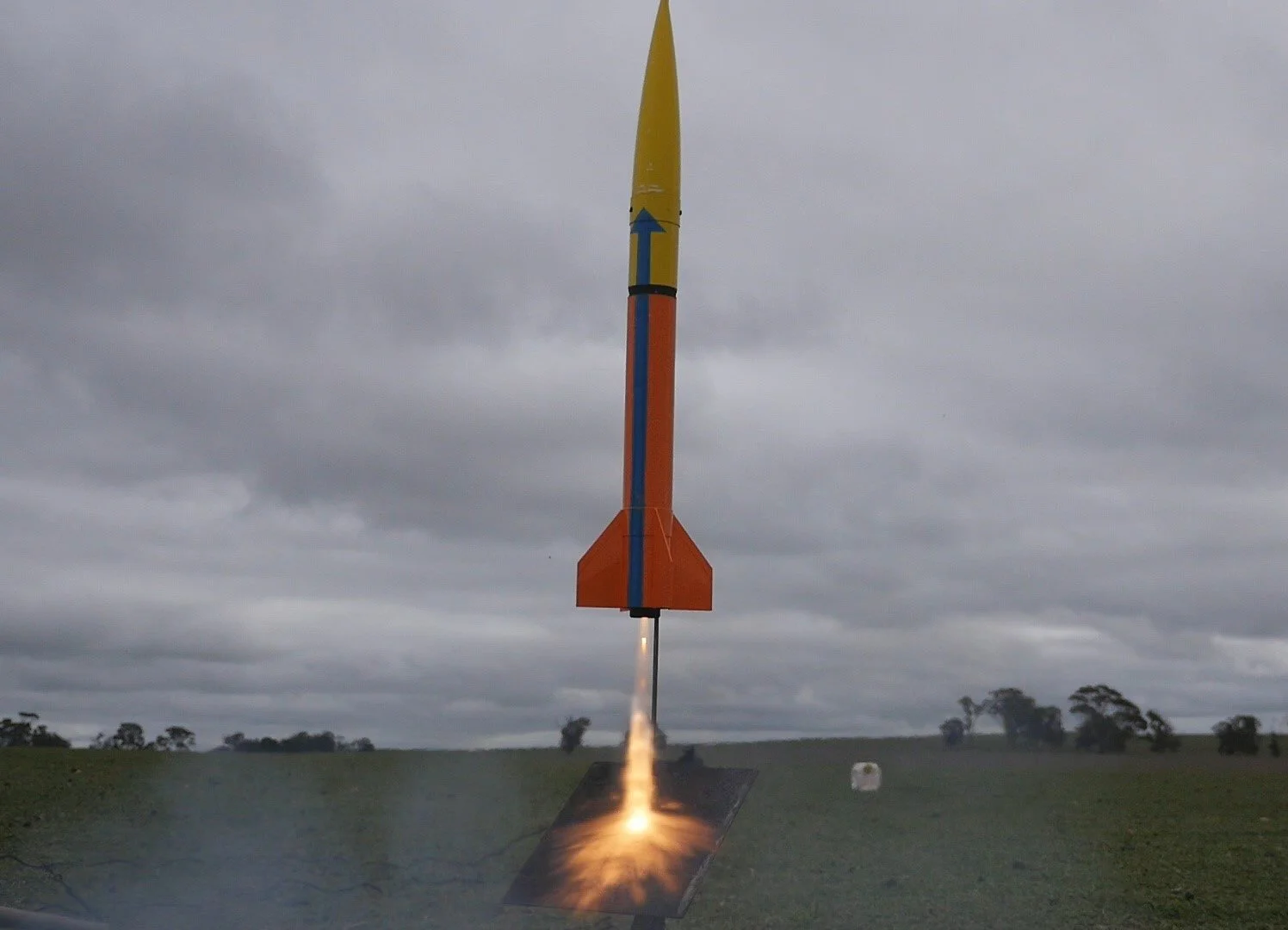
Aang
We have been developing airbrakes and associated control units to help the team be more competitive in competitions where there is an altitude target - where going too high is just as bad as not going high enough. Aang was our first attempt at tackling the challenge, and it launched twice from Grass Valley on July 19th, 2020.
This mission used a single airbrake activated one second after launch.
Apogee: 200 m
Max speed: 110 m/s
Max acceleration: 91.4 m/s2
Dry mass: 940 g
Length: 90 cm
Launches: 2
-
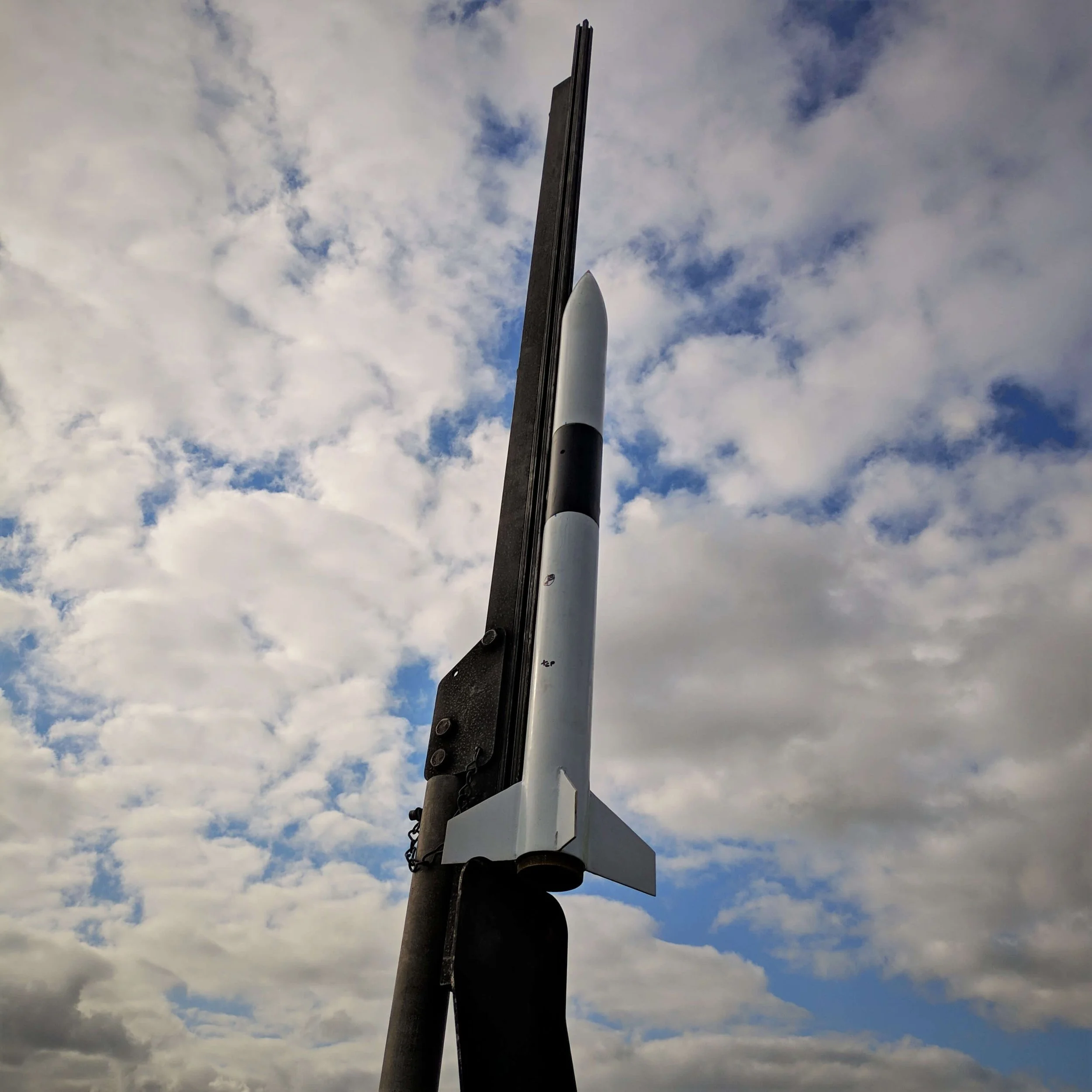
QAD
A “Quick and Dirty” (QAD) launch to test out our new team and experiment with an improved fuselage and system layout. This was motivated by the need to simplify the current recovery system design and proved to be a success as it soared into the sky for the first time on the 4th of August 2019.
Apogee: 2.94 km
Max speed: 178 m/s
Max acceleration: 70 m/s2
Dry mass: 1.40 kg
Length: 89 cm
Launches: 1
-
Finley
Finley is the result of all the lessons learnt over the 2018 launch season and was the rocket to be submitted to compete in the AURC.
Its initial test launch on the range in Queensland failed due to a stability flaw, resulting in the near-total loss of the flight vehicle. Still, with determination, our team modified Finley to be flight-worthy in less than 24 hours to continue competing in the AURC, renamed Finley Reborn.
Apogee: 2.94 km
Max speed: 197 m/s
Max acceleration: 96 m/s2
Dry mass: 8.79 kg
Length: 200 cm
Launches: 2
-

Jeff
Jeff is the first prototype rocket to be designed and built by UWA Aerospace. It resembled the rocket that would later be built to compete in the inaugural 2019 Australian Universities Rocket Competition (AURC). Jeff's systems underwent extensive testing prior to its final assembly and debut launch on the 25th of August, 2018.
A second launch was attempted on the 6th of October on a modified version of Jeff. The purpose of this launch was to closely emulate the final competition rocket's flight profile and ensure the fuselage's structural integrity. However, the recovery system malfunctioned during descent, resulting in a rough landing and weakening of the fuselage.
Apogee: 2.86 km
Max speed: 288 m/s
Max acceleration: 230 m/s2
Dry mass: 6.16 kg
Length: 169 cm
Launches: 2
-
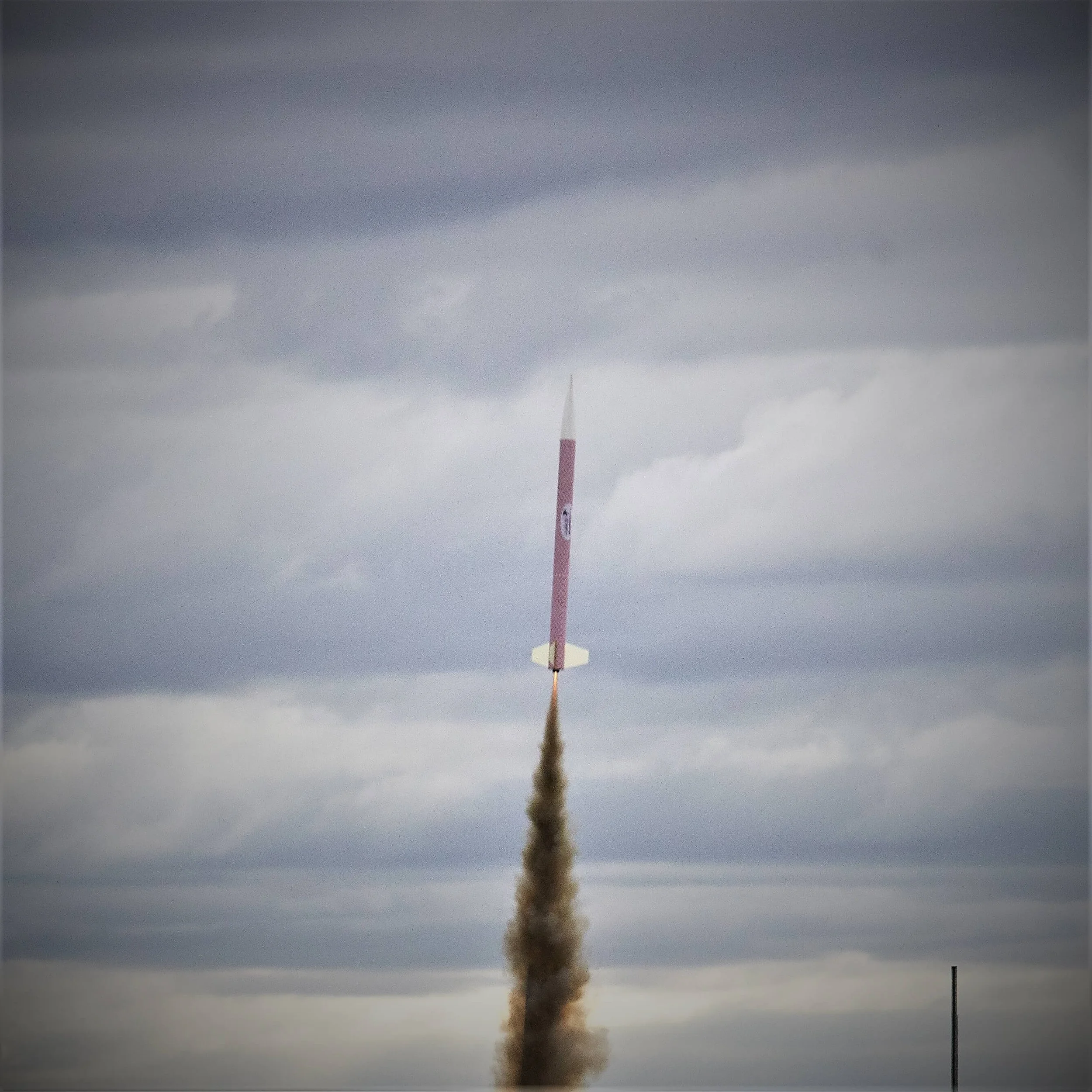
Cupid's Arrow
‘Cupid's Arrow’ was the first rocket to be launched by the team on the 28th of July, 2018. The rocket served to educate our members on the general principles of rocketry and how various parts of the system functioned. It was assembled from a kit and was used to attain Level 1 and Level 2 certifications on the same day.
Apogee: 1.31 km
Max speed: 184 m/s
Max acceleration: 73 m/s2
Dry mass: 1.44 kg
Length: 148 cm
Launches: 3
